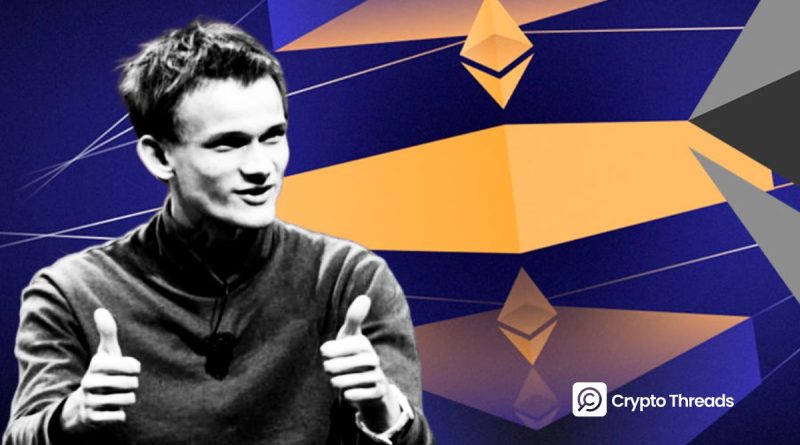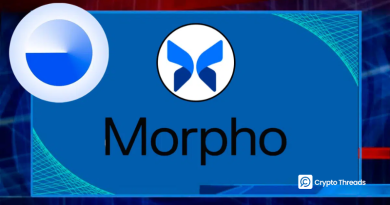Vitalik Buterin Outlines Ethereum Roadmap for Stronger L2 Security
Ethereum co-founder Vitalik Buterin has unveiled a new roadmap aimed at enhancing the security and finality of Layer-2 (L2) rollups, a crucial step in Ethereum’s long-term scalability strategy. The proposed framework introduces a hybrid-proof architecture designed to optimize transaction finality while maintaining robust security.
A Comprehensive Approach to L2 Rollup Security
Buterin’s latest proposal integrates three key validation mechanisms—zero-knowledge (ZK) proofs, optimistic rollups, and trusted execution environments (TEEs)—to create a multi-layered security system. This approach mitigates risks by preventing overreliance on any single mechanism while reinforcing the resilience of Ethereum’s scaling infrastructure.
The proposal comes at a time when Ethereum’s L2 ecosystem is maturing. With several rollups advancing to Stage 1 on the Ethereum scaling roadmap, upcoming network upgrades—such as Pectra and Fusaka—are expected to significantly increase data availability. The next milestone is achieving Stage 2, which demands greater decentralization and faster transaction finality.
The Three-Prover Model
To meet these objectives, Buterin advocates for a three-prover model, in which at least two of three validation mechanisms must confirm a rollup’s state root for finality. Under this system:
- If both a ZK prover and a TEE prover approve a state root, it is finalized instantly.
- If only one prover approves, the system defaults to an optimistic model, requiring a seven-day challenge period.
This layered approach ensures that semi-trusted validation mechanisms cannot override trust-minimized proof systems, preserving Ethereum’s decentralization and security principles.
Ensuring Robust Finality and Decentralization
Buterin’s proposal is designed to balance security, efficiency, and decentralization. The hybrid architecture provides fast finality under normal conditions while safeguarding against systemic failures. Additionally, it reduces Ethereum’s dependence on the current generation of ZK systems, which remain susceptible to bugs and shared-code vulnerabilities.
A security council is also proposed as an additional safeguard, tasked with:
- Immediate intervention to upgrade TEE logic in case of failure.
- Delayed modifications to the ZK or optimistic proof systems when necessary.
- Final arbitration in rare cases where provers generate conflicting outcomes.
This governance mechanism ensures that Ethereum’s rollup framework remains secure while minimizing reliance on any single trust assumption.
Scaling Through Blobs and Proof Aggregation
Beyond security enhancements, Buterin also highlights the importance of Ethereum’s evolving data infrastructure. The upcoming Pectra upgrade is expected to increase blob space to six units per block, while the subsequent Fusaka upgrade could expand it to 72 units. These enhancements will significantly reduce network congestion, lowering transaction costs for L2 rollups and improving scalability.
Another critical component of the roadmap is a standardized proof aggregation layer. Currently, various Ethereum applications—such as rollups, privacy protocols, and wallet recovery tools—must submit individual ZK proofs. Buterin proposes a shared aggregation mechanism that would allow multiple applications to merge proofs into a single submission, substantially reducing gas costs by distributing the computational burden.
The Future of Ethereum’s L2 Rollups
As Ethereum’s proof systems continue to advance, Buterin envisions a future where ZK-EVMs achieve the capability of generating proofs within a single slot, even under worst-case scenarios. Once these systems mature and critical vulnerabilities are addressed, TEEs could eventually be phased out, enabling Ethereum rollups to reach full trustlessness with instant finality.
Buterin’s latest roadmap marks a significant step toward Ethereum’s long-term scalability vision. By reinforcing L2 rollup security while enhancing efficiency, the proposed framework sets the stage for a more robust and decentralized Ethereum ecosystem.



